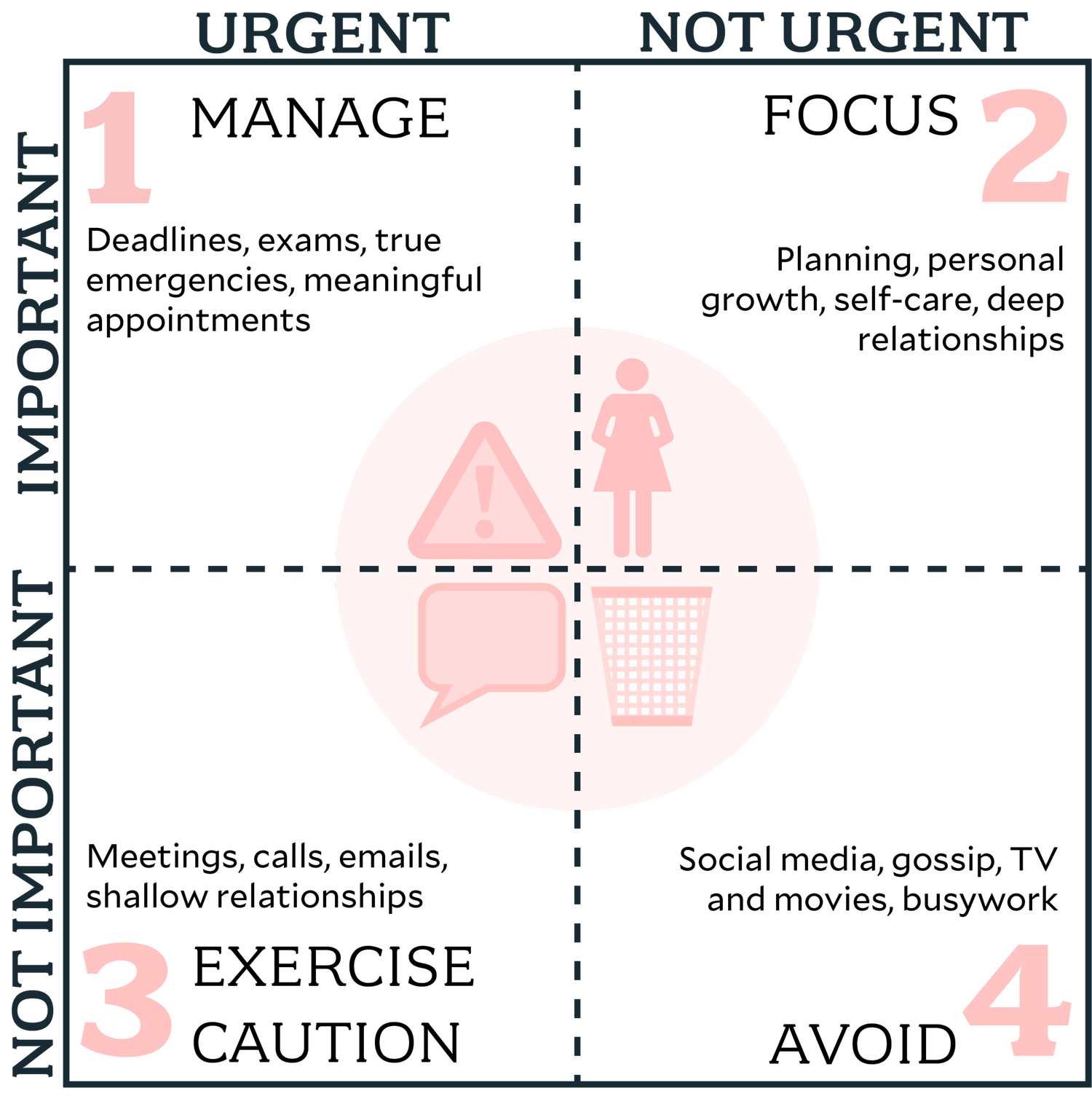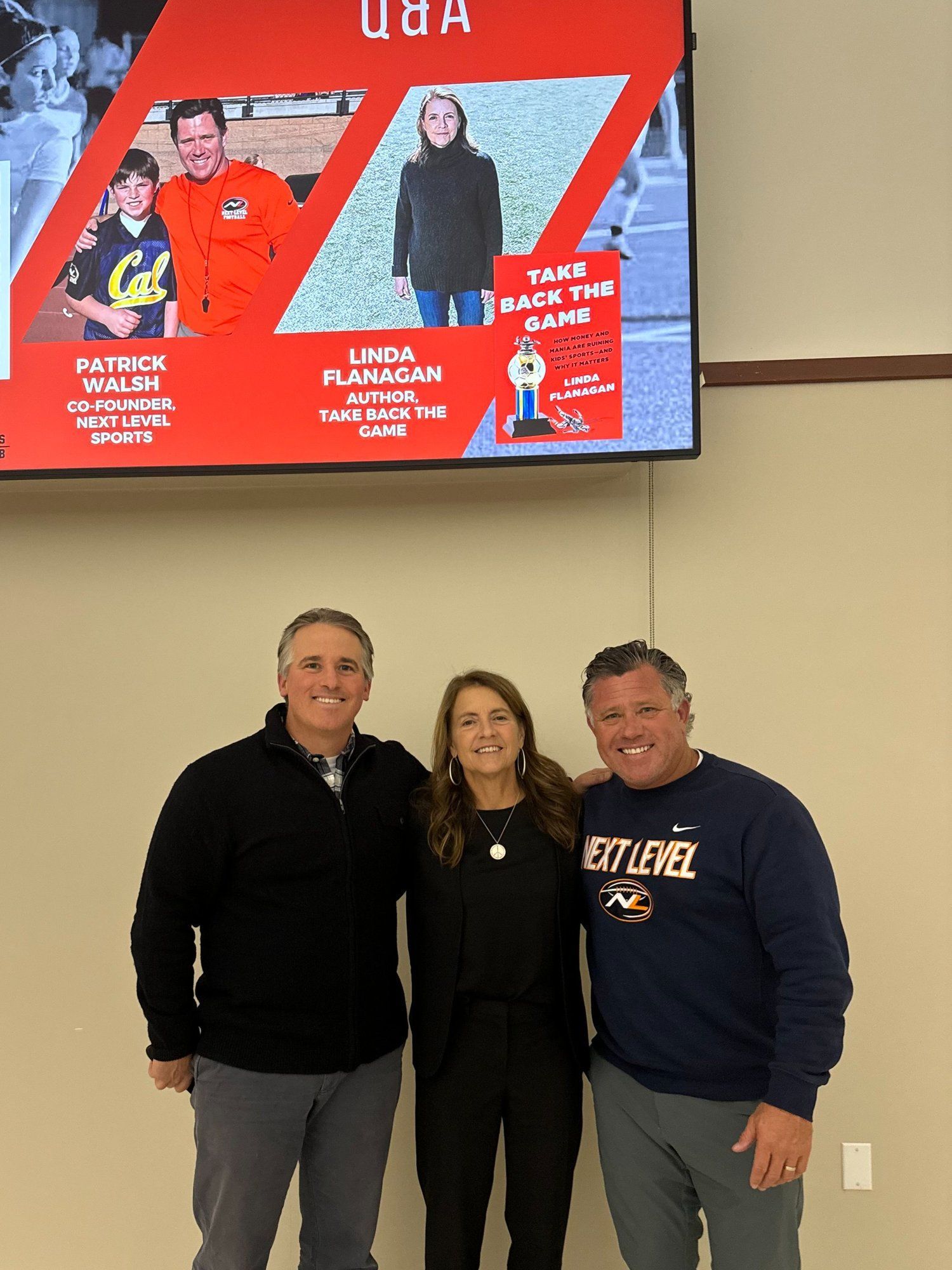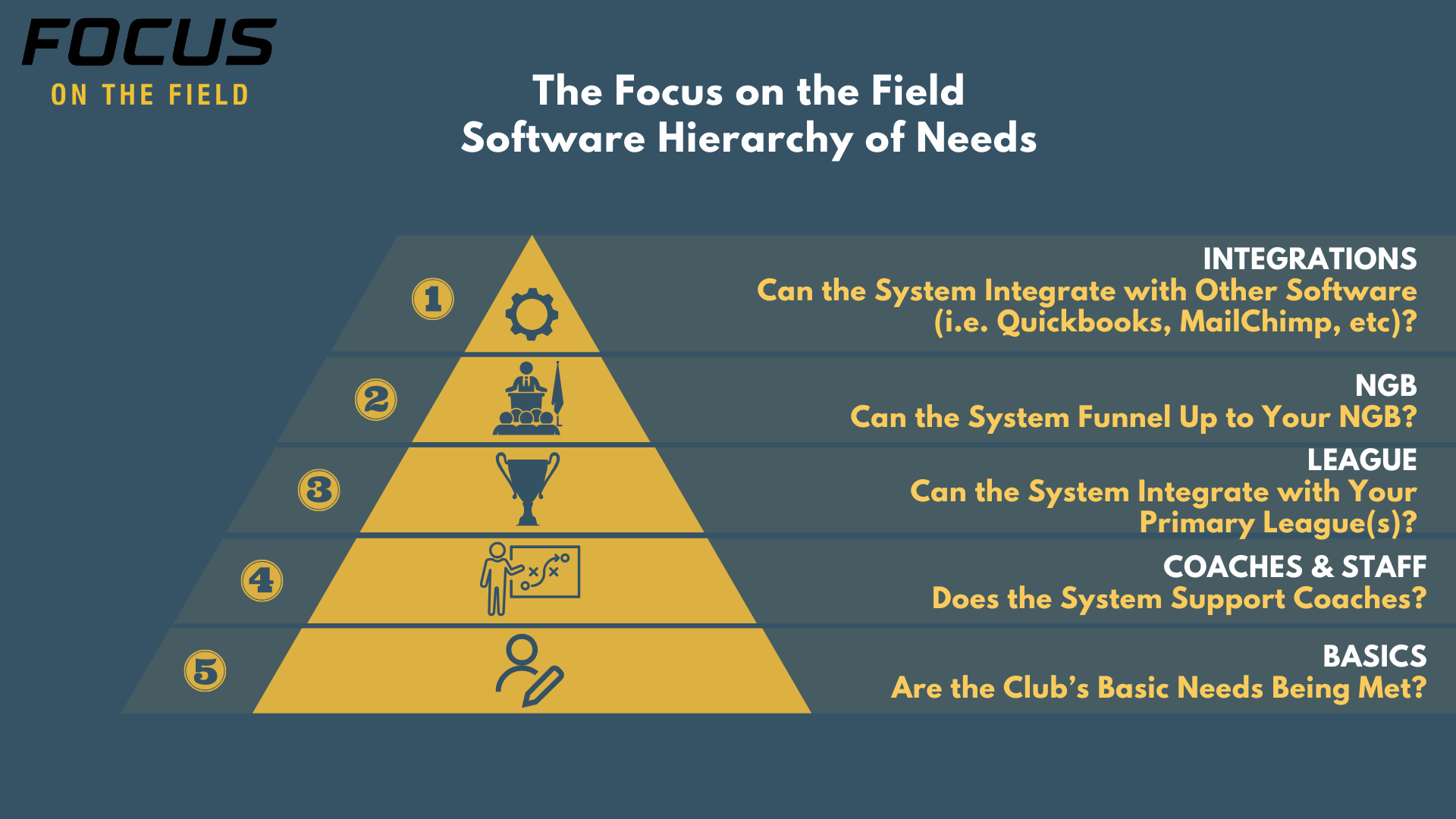A note to sports… The Tyranny of the Urgent - Administrative Overload and Its Impact on Strategic Planning in Youth Sports Leadership

Dear Sports Community,
The world of youth and amateur sports is a realm driven by passion, dedication, and a commitment to helping kids play sports. Naturally, many leaders of youth and amateur sports organizations are drawn to this industry because teamwork, character-building, and athletic development form the very foundation of these organizations.
Yet beneath this dedication lies a formidable challenge for any youth sports leader – the rising tide of administrative tasks and parent requests for time and attention. These tasks are constant and because they generally involve youth sports parents and their children, there is an underlying feeling of urgency and an expectation of immediate resolution.
This phenomena is nothing new. In his 1967 essay, Tyranny of the Urgent , and subsequent 1997 expansion , Freedom from Tyranny of the Urgent , religious academic Charles Hummel spoke of the tension between things that are urgent and things that are important. Hummel’s teachings have since become well known time management guidebooks in business.
When he wrote these essays Hummel surely didn’t have the contemporary youth sports leader in mind. However, given the dedication to the service that their youth sports organizations provide it is not surprising that many leaders and directors relate to Hummel’s analysis. Youth and amateur sports organizations are service businesses like any other so it’s understandable for leaders to try to respond to every potential family or athlete's need as quickly as possible. For many organizations immediate service is what is expected by their clientele as they spend their money on their child's athletic development.
Left unchecked, the combination of unmatched expectations and workflow will create the Tyranny of the Urgent and it will negatively impact any youth sports leader. It’s a common tale in the service industry, reinforced by insights drawn from numerous business studies .
So how can you as a sports leader get out of this "Tyranny of the Urgent" trap?
First , identify what this trap is. The Tyranny of the Urgent is a trap that ensnares leaders in a relentless cycle of immediate tasks such as budget management, communication with parents, and event or registration coordination. While these tasks are undoubtedly important, they often get in the way of the vital, strategic objectives of youth sports leadership.
Second , find what tasks you can streamline, offload or outsource to give back your time. This is not to be done right away. Depending on where you are in your youth sports organizations growth, you can and should be doing ALL of the work. Treat your organization, whether it’s a volunteer led non profit or private, for-profit, as a lean start up and adopt their methods. Yet once the admin and business work gets in the way, delegate, automate, and off load as many tasks that you can. However you can, claw back your time to focus on strategy.
Third , leverage all tools, technology and services that you can. From registration platforms to automation tools like Zapier and ChatGPT , there are tools out there that can simplify or do administrative processes. And where the tools end, services and other people begin. Find people or services to use the applications that can manage scheduling, communication, and budgeting more efficiently, reducing the time spent on these activities.
Fourth , prioritize and set Boundaries and expectations: As much as tools and process come into place, the importance of prioritizing core responsibilities and setting boundaries to protect strategic planning time is key for any leader. Making clear what the process is and expectations are for communications to parents and families is key. Disappointment lies in the difference between expectations and reality. Where there is an expectation void, it will be filled with negativity. So give yourself a chance to exceed expectations by providing yourself a realistic, if not ample, timeframe to respond to requests for your attention.
In the challenging world of youth and amateur sports leadership, it's crucial to recognize that administrative tasks serve as a means to an end, not the end itself. Streamlining these tasks and focusing on strategy can help leaders stay true to their mission of nurturing young athletes and planning for their organizations future.
Let's ensure that this mission remains undeterred by conquering the "Tyranny of the Urgent" and by placing strategic planning at the forefront. You will exceed all expectations if you do.
Best-
Tyler











